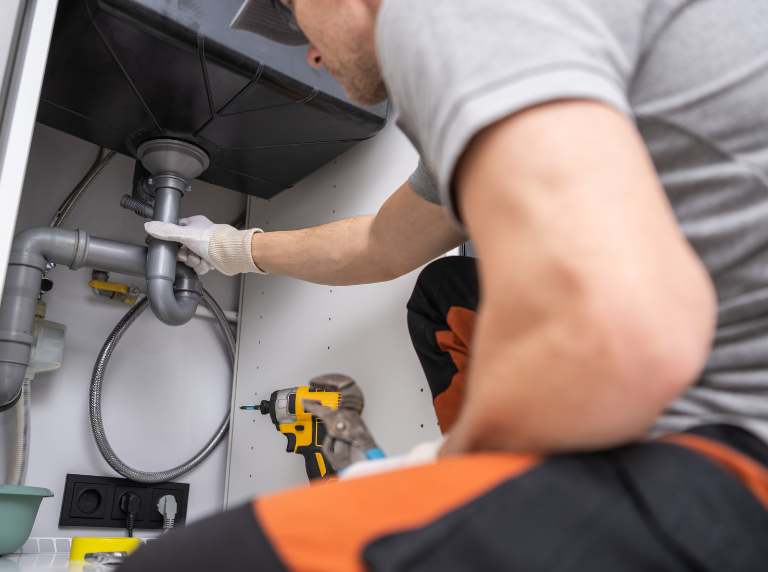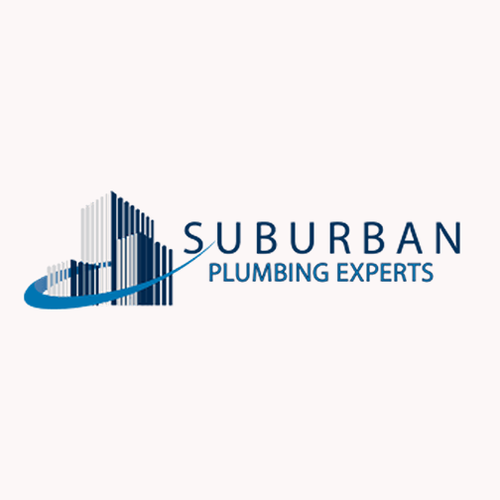Understanding Backflow Prevention and Water Quality Protection
Backflow prevention and water quality represent critical plumbing concerns protecting your family’s health and meeting municipal requirements. Professional plumbers install, test, and maintain backflow prevention devices while addressing water quality issues affecting taste, odor, and safety. Understanding these systems and recognizing problems helps homeowners maintain safe, clean water supplies throughout their Chicagoland homes.
What is Backflow and Why Prevention Matters
Backflow Explained:
Backflow occurs when contaminated water reverses direction flowing backward into clean water supplies. This dangerous situation contaminates drinking water with chemicals, bacteria, fertilizers, or sewage creating serious health hazards. Pressure changes from water main breaks, firefighting operations, or supply interruptions cause backflow conditions requiring prevention devices protecting water quality.
Health and Safety Risks:
Unprotected plumbing systems allow contaminated water entering drinking water supplies during backflow events. These contaminants cause illness, disease transmission, and serious health complications. Backflow prevention devices provide essential protection maintaining clean, safe water for drinking, cooking, and bathing.
Backflow Prevention Device Types
Atmospheric Vacuum Breakers:
These simple devices prevent backflow on individual fixtures like outdoor faucets and lawn irrigation systems. Atmospheric vacuum breakers install easily and provide basic protection for non-continuous pressure applications. They represent the most economical backflow prevention option for simple outdoor water uses.
Pressure Vacuum Breakers:
Pressure vacuum breakers protect against back-siphonage in continuous pressure applications. These devices work well for irrigation systems and outdoor water features requiring constant water pressure. Professional installation ensures proper function and code compliance.
Double Check Valve Assemblies:
Double check valves provide redundant protection through two independent check valves preventing backflow. These assemblies suit low-hazard applications where potential contaminants pose minimal health risks. Many municipalities require these devices for residential irrigation systems protecting public water supplies.
Reduced Pressure Zone Devices:
RPZ devices offer maximum backflow protection for high-hazard situations where toxic substances could contaminate water supplies. These sophisticated assemblies include pressure differential relief valves providing fail-safe protection. Fire sprinkler systems, chemical injection systems, and commercial applications typically require RPZ devices meeting strict safety standards.
Municipal Requirements and Testing
Mandatory Compliance:
Most Chicagoland municipalities require backflow prevention devices on irrigation systems, fire sprinklers, and certain plumbing applications. Annual testing by certified testers ensures devices function properly protecting public water systems. Failure to install required devices or complete annual testing results in fines, water shutoffs, or legal liability for contamination events.
Professional Testing Services:
Certified backflow testers perform required annual inspections, document results, and submit reports to municipalities meeting compliance requirements. Professional testing identifies device failures, necessary repairs, and replacement needs before problems compromise water safety. Maintaining current test certifications avoids penalties and ensures continuous protection.
Common Water Quality Issues
Hard Water Problems:
Chicagoland’s hard water contains high mineral concentrations causing scale buildup, appliance damage, and plumbing problems. Hard water creates soap scum, spots on dishes, and dry skin. Water softening systems remove minerals improving water quality, extending appliance life, and reducing cleaning product consumption.
Chlorine Taste and Odor:
Municipal water treatment uses chlorine disinfecting water supplies, sometimes creating unpleasant taste or odor. Whole-house carbon filtration systems remove chlorine improving water palatability without compromising safety. Point-of-use filters provide economical solutions for drinking water improvement.
Iron and Sulfur Contamination:
Well water often contains iron causing rust staining and metallic taste. Sulfur creates characteristic rotten egg odors making water unpleasant. Professional water treatment systems remove these contaminants restoring pleasant, clean-tasting water throughout homes.
Professional Water Quality Solutions
Water Testing and Analysis:
Professional water testing identifies specific contaminants, mineral content, and quality issues affecting your water supply. Comprehensive analysis determines appropriate treatment methods addressing your home’s specific water quality problems. Testing ensures solutions target actual contaminants rather than guessing treatment needs.
Whole-House Filtration Systems:
Complete filtration systems treat all water entering homes removing sediment, chemicals, and contaminants. These systems provide consistent water quality throughout properties protecting appliances, fixtures, and health. Professional installation ensures proper sizing and optimal performance.
Water Softening Systems:
Water softeners use ion exchange technology removing calcium and magnesium causing hardness. Softened water prevents scale buildup, extends appliance life, and improves cleaning effectiveness. Professional plumbers size systems appropriately for household water usage ensuring adequate capacity.
Reverse Osmosis Systems:
Point-of-use reverse osmosis systems provide ultra-pure drinking water removing virtually all contaminants including dissolved solids, heavy metals, and chemicals. These under-sink systems offer convenient access to premium quality drinking water for cooking and beverages.
Warning Signs of Backflow or Water Quality Problems
Red Flags Requiring Professional Assessment:
- Discolored water appearing brown, yellow, or cloudy
- Unusual tastes including metallic, chemical, or earthy flavors
- Foul odors suggesting contamination or treatment issues
- Sudden water quality changes following municipal events
- Scale buildup on fixtures and appliances
- Rust staining on sinks, tubs, and laundry
- Failed backflow prevention device annual tests
- Missing required backflow prevention devices
These symptoms indicate water quality problems or backflow prevention failures requiring immediate professional attention protecting health and meeting code requirements.
Installation and Maintenance Requirements
Professional Installation:
Backflow prevention devices require professional installation meeting specific code requirements for placement, orientation, and accessibility. Licensed plumbers ensure proper installation, adequate drainage, and freeze protection for outdoor devices. Correct installation guarantees devices function effectively protecting water quality.
Regular Maintenance:
Backflow prevention devices need periodic maintenance cleaning strainers, replacing worn components, and ensuring proper operation. Annual testing identifies maintenance needs before failures occur. Water treatment systems require regular filter changes, salt replenishment for softeners, and membrane replacement for reverse osmosis systems maintaining optimal performance.
Cost-Benefit Analysis
Investment Protection:
Installing required backflow prevention devices avoids municipal fines, water shutoffs, and potential liability for contamination incidents. Water treatment systems protect expensive appliances from mineral damage extending their lifespan significantly. Quality water reduces bottled water expenses and improves overall household water satisfaction.
Health Benefits:
Clean, safe water protects family health preventing waterborne illness and reducing exposure to contaminants. These health benefits prove invaluable particularly for households with children, elderly members, or individuals with compromised immune systems.
Bottom Line: Professional Water Protection Services
Professional plumbers provide comprehensive backflow prevention and water quality solutions protecting your family’s health and meeting municipal requirements. From device installation and annual testing to water treatment system design and maintenance, expert services ensure safe, clean water throughout your home while maintaining code compliance.
Next Steps for Water Quality Concerns
Your Water Protection Action Plan:
- Verify backflow prevention device requirements for your property
- Schedule annual testing maintaining compliance
- Test water quality identifying specific problems
- Address unusual tastes, odors, or discoloration promptly
- Consider whole-house filtration for comprehensive protection
- Install water softeners in hard water areas
- Maintain treatment systems following manufacturer recommendationsNeed reliable plumbing help?
Contact Suburban Plumbing Experts today at (708) 729-9249


